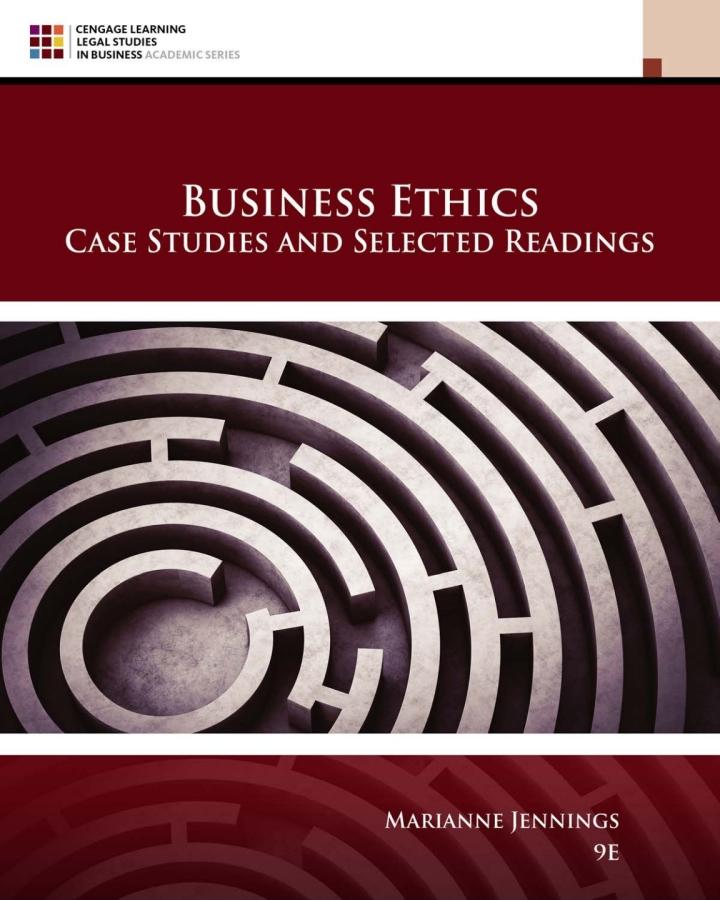When someone purchased the butter churner or the wagon wheel from a neighbor in the era of
Question:
When someone purchased the butter churner or the wagon wheel from a neighbor in the era of wagons and churning, there was no need for the Restatement of the Law of Torts. If the churner or the wheel was defective, the neighbor simply made good on the product or risked the mighty shunning that the community would dish out for those who dared to be less than virtuous, forthright, and in a relationship of good rapport with one's fellow village dwellers. When neighbor manufactured for neighbor, the rule of law was caveat vendor, which, loosely translated, meant, "If you want to continue living here, you had better take care of the problem with the crooked wagon wheel."
The birth of the industrialized society changed the community dynamic so that some communities made wheels; some made churners; and those in other communities purchased those goods even as they sold their specialties that they produced. The result was that buyers knew the merchant who sold them the wheel or the churn, but had no idea who really put together either, and in many cases were not even sure which community produced either. The one-to-one process of implementing product quality and guarantees disappeared. Even the ads for the wheels and churns were written by some copywriter far, far away who was a subcontractor of an advertising agency working for the manufacturing companies of these products. The physical and production distance between seller and buyer meant that the one-on-one confrontation and shunning methods were no longer effective. The law shifted from caveat vendor to caveat emptor, which, translated, means "buyer beware." Now the buyer had to be on guard, ever vigilant in inspecting goods before buying, and had to investigate the company doing the selling so he or she could at least be sure of the company's reputation. The greater these physical and supply chain distances, the less likely the buyer was to have any information about the company, the product, or the history of either. And it was even less likely that the buyer could count on a seller repairing or replacing defective goods. Anonymity created a marketplace in which there were few or no buyer remedies........
Discussion Questions
1. Who are the stakeholders in the question of who should bear the costs of defective products?
2. Relate the discussion of the development of product liability theories for recovery to the regulatory cycle?
Step by Step Answer:

Business Ethics Case Studies And Selected Readings
ISBN: 9780357453865
9th Edition
Authors: Marianne M. Jennings





